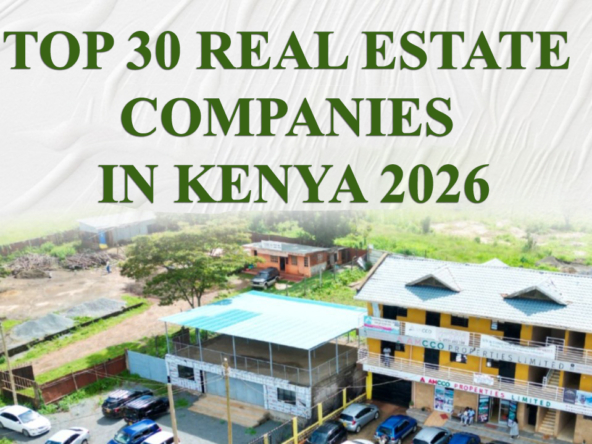Kenya’s Affordable Housing Program: Navigating Ambition and Reality in 2025
Kenya’s Affordable Housing Program (AHP) stands as a cornerstone of the government’s agenda to address the nation’s significant housing deficit and stimulate economic growth. With an ambitious target to construct 200,000 units annually, the program has been a focal point of public and investor attention throughout early 2025. This article delves into the progress made, the immense demand witnessed, and the multifaceted challenges that continue to shape its trajectory.
Progress and Public Demand:
As of April 2025, approximately 140,000 affordable housing units had reportedly been completed under the AHP. This marks a tangible step towards the overarching goal of delivering one million homes over five years. The demand for these units is overwhelmingly high, underscoring the acute need for affordable living solutions. For instance, a recent release of just 5,000 units through the Boma Yangu platform attracted over 500,000 applicants, a stark illustration of the gap between supply and demand.
Persistent Challenges on the Ground:
Despite the progress, the AHP is navigating a complex landscape fraught with challenges:
- Financial Hurdles: A significant concern is a proposal in the Finance Bill 2025 to remove VAT exemptions on building materials. Stakeholders fear this could escalate construction costs, potentially slowing down the delivery of affordable homes and impacting overall affordability.
- Legal Battles and Delays: The program has been beset by legal disputes and court cases, leading to project delays and shifting occupancy timelines. For example, initial move-in targets for some projects were pushed from December 2024 to April 2025 due to such legal entanglements.
- Displacement and Compensation: Concerns persist regarding the displacement of existing communities to pave the way for AHP projects. Issues surrounding inadequate compensation and the social impact on affected populations continue to be highlighted in public discourse.
- Quality of Life Concerns: As more units become available, the discussion is evolving beyond mere shelter provision. Questions are increasingly being raised about the quality of life within these new developments, including access to amenities, infrastructure, and the creation of sustainable, thriving communities.
- Infrastructure Deficits: In some areas earmarked for AHP projects, inadequate existing infrastructure (like roads, water, and sewerage) has hindered the appeal and feasibility of new developments.
The Role of Public-Private Partnerships (PPPs):
Public-Private Partnerships are deemed central to achieving the AHP’s ambitious targets. The government is actively encouraging private sector participation by offering tax incentives and simplifying regulatory processes. However, effectively engaging the private sector and ensuring these partnerships deliver on the promise of affordability and quality remains an ongoing discussion.
Looking Ahead:
The Kenyan government is also exploring innovations such as low-cost construction technologies and rent-to-own financing models to enhance affordability. While significant strides have been made, the journey towards realizing Kenya’s affordable housing dream requires sustained collaboration between the government, private developers, financial institutions, and communities. Addressing the financial, legal, infrastructural, and social challenges head-on will be crucial to ensure that more Kenyans can access decent and truly affordable homes in the near future. The success of the AHP is not just about numbers; it’s about transforming lives and building a more equitable society.




